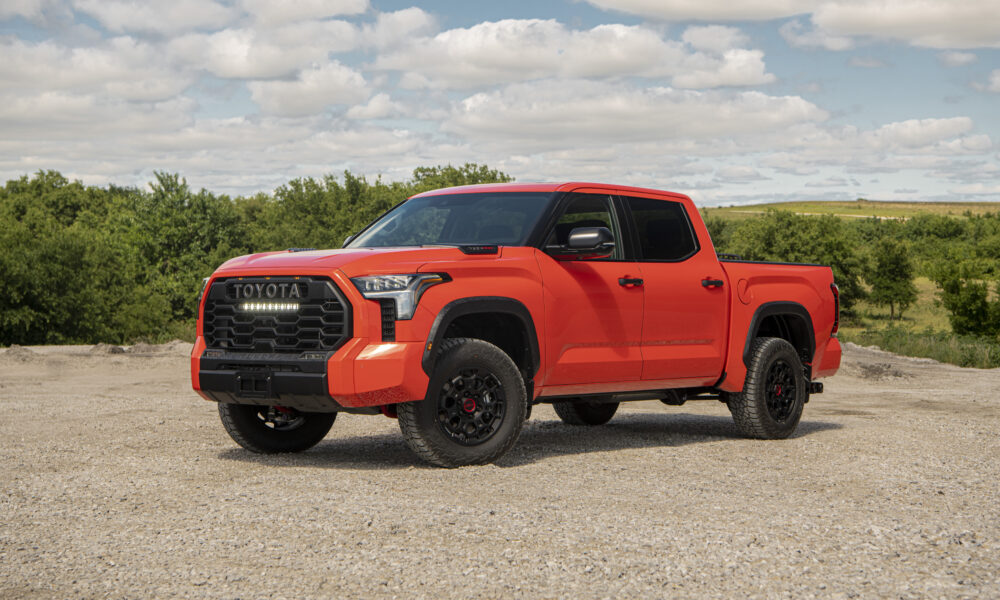Buyer’s Checklist: What to Check in a New Toyota Truck
When exploring a new model, inspecting specific features aids in guaranteeing satisfaction. Every buyer wants value for money, trust in performance, and continuing reliability. Attention to detail during evaluation can avert future problems. Inspect build quality, mechanical condition, and comfort factors to make a confident decision. Doing so not only secures a wise investment but also rewards you with toughness and suitability. Focusing on the fundamentals, such as security, engine health, and design integrity, aids in uncovering true worth.
What should you check first?
A complete body inspection ensures everything aligns properly, showing real craftsmanship. Look for consistent paint, smooth seams, and accurate panel fits. Visit https://www.mikecalverttoyota.com/new-vehicles-houston/rav4 to compare similar options before the next step.
How to examine the engine area
Ensure the engine compartment looks clean without leaks. Inspect belts and hoses carefully. Constant noises or irregular vibrations often hint at pending mechanical faults.
Why inspect the underbody
Checking underneath confirms structural wellness. Corrosion indicates previous exposure to moisture. Solid joints and neat coating suggest the vehicle’s longevity and resistance against harsh surroundings.
What about the tires
Tread patterns display usage history. Uneven wear symbolizes alignment concerns. Confirm all tires match in brand type and verify the spare’s proper inflation before leaving.
How to test the brakes
Brake function defines safety quality. Listen for grinding tones during use. Firm pedal response and consistent stopping distance indicate dependable control, crucial during unpredictable conditions.
Should you check interior features?
Yes, review switches, climate control, and seat adjustments. Functioning interiors show proper care. Comfortable arrangement supports long drives while minimizing fatigue and distractions.
What to note about lights?
Lighting clarity improves driving vision. Examine high and low beams. Fog lamps and tail indicators should illuminate evenly, proving electrical stability across all fixtures.
Is it important to verify mileage?
Mileage reflects previous driving intensity. Lower readings usually relate to fresher use. Still, overall condition determines real value beyond odometer digits or labels.
What makes safety tests vital
Safety features provide real confidence. Confirm sensor alerts, airbags, and locking mechanisms all function properly, guaranteeing high-level protection when facing uncertain highway risks.
How does transmission performance matter?
Smooth gear transition suggests healthy mechanics. Any delayed response or jerks reveal issues requiring expert checks. Steady acceleration ensures efficient energy use throughout travel.
What must be checked during a test ride?
Experience steering precision and acceleration feedback. Notice vibrations through seats. Steering noise or delayed control movement can reveal inner wear beneath surface design issues.
How to review electronic controls
Look through all screens and buttons. Ensure media, navigation, and connections react quickly under motion. Delayed response generally points to wiring or calibration discrepancies requiring care.
When to verify documents
Inspect registration copies, purchase receipts, and warranty terms. Confirm identification details match technical codes. Ensure nothing contradicts future maintenance or service coverage.
After reviewing all technical and design aspects, your decision becomes more informed. Real quality emerges through multiple inspections combining structure, efficiency, and safety awareness. During your decision-making stage, consider visiting https://www.mikecalverttoyota.com/new-vehicles-houston/rav4 for more clarity. Proper assessment gives peace of mind, allowing you to secure dependable transport aligned with both lifestyle and practicality.

